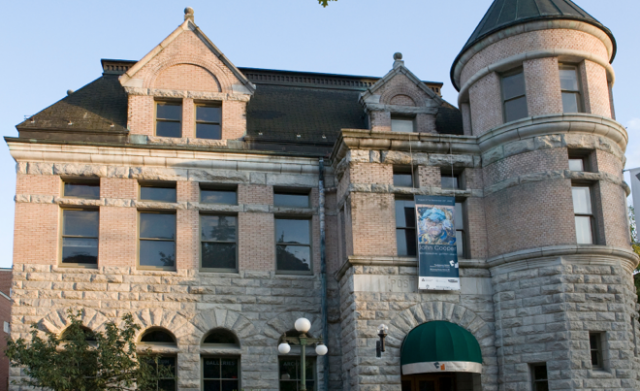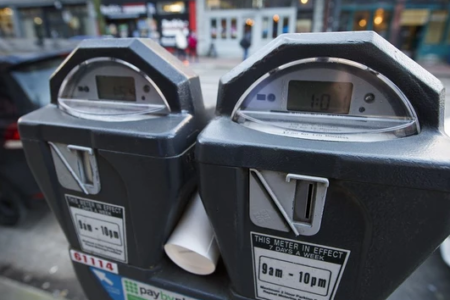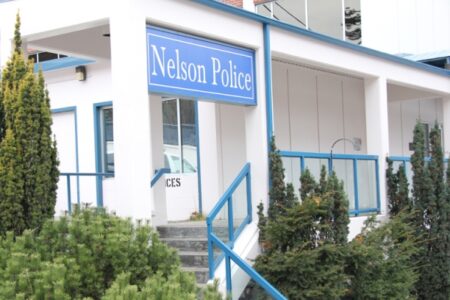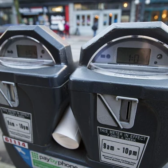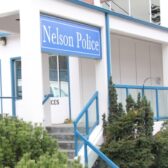City looks to reclaim ownership of centennial building on Anderson Street
The city will be aiding and abetting Touchstones Nelson’s history collection relocation in return for sole ownership of the former museum building on Anderson Street.
On Monday city council approved a one-time grant of $25,000 to Touchstones Nelson for the purpose of relocating the history collection from 402 Anderson Street to 415 Vernon St. (the Gray Building) to be funded through the proceeds of the prepaid lease for the basement of 310 Ward St.
Grant funding from the city would provide the opportunity for Touchstones to leverage other grant funding opportunities in order to meet the full $135,000 budget requirements for the project.
Completion of the project would mean that the building at 402 Anderson Street (previous museum location) will be returned to the city, said city chief financial officer Colin McClure.
“Once the city owns it the building can be re-purposed,” he said, for sale, demolition or for anything else council wishes.
The amount held in reserve by the city from the proceeds of the prepaid lease with Touchstones for the basement of 310 Ward Street is $259,000, with the value now reduced to $234,000. The term of the lease for the basement of 310 Ward Street is 25 years with successive 15-year renewal terms.
In September Ken Watson, president of the Touchstones society board, and Linda Sawchyn, interim executive director at Touchstones Nelson, asked city council to fund the move of the museum’s collection stored at Anderson Street to the Gray Building — located next door to the current museum.
The 402 Anderson facility arose from a 1967 centennial project and was a joint venture between the museum society and the city.
At the time the city agreed to purchase the vacant land for which the museum co-signed the bank loan, and the society raised funds and provided labour and material to construct the building.
Now with the museum located in the old city hall building on Ward and Vernon, the city has wished to gain full possession of the old museum site. But the society still retained a sizable collection at the Anderson site and needed to move it.
The opportunity for the ownership switch happened when Touchstones arranged for a lease of a portion of the Gray Building basement known as the bunker.
The city and society arranged a three-way lease with the owners of the Gray Building. This arrangement will result in the city receiving the full reserve fund plus the return of the Anderson building for its own use.
The Diefenbunker Project
The Diefenbunker in the basement of the Gray Building has historical value as it was built in the Cold War era as a safe place for certain leading officials to ride out a nuclear war and still contains the remnants of those times.
Structurally, the bunker contains a shower block, a kitchen, a radio room (now empty), a large main lounge, men’s and women’s washrooms, and five ancillary rooms. Altogether, the bunker measures 4,300 square feet.
The site was never open to the public and there are therefore many code-related issues that must be addressed during the rehabilitation including the installation of two new exits, emergency lighting, and fire suppression, plus minor asbestos abatement and raising pipes where they drop below code height.
In addition to these necessary upgrades, the renovation includes replacing the existing lighting with LED fixtures, installing low flow toilets, improving security by adding an intruder alarm system, connecting into the building’s main telephone and fibre optic networks and significantly improving climate control for the comfort of staff and public as well as meeting museum industry standards for preserving mixed collections.
The exhibit developed for the space will be located adjacent to the shower block. It will feature text and photo panels, a selection of artifacts discovered in the space (gas mask, Geiger counter, water purification pills, a mobile feeding unit), and a listening station with a selection of audio recordings from the archives of the CBC, in addition to other digital interactive programming that will ensure the cold-war era site become meaningful to the contemporary viewer.
The third objective of this project, closely linked to the society’s current strategic plan, is to convert the bunker’s ancillary rooms into storage for the society’s collection of artifacts, art and specimens. Numbering almost 10,000 objects, the collection will be relocated from its current storage area to the Diefenbunker.



